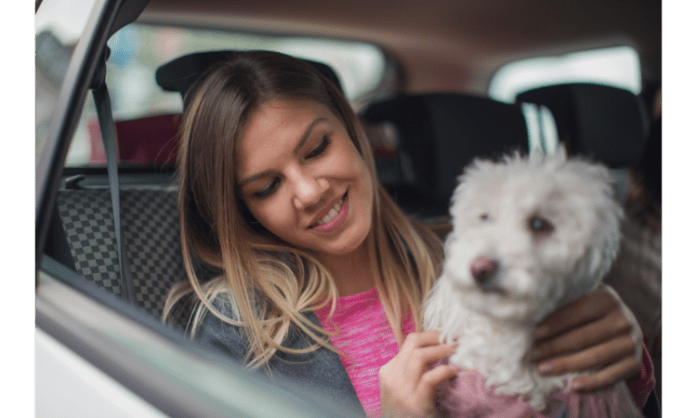
There’s a lot to think about when you’re driving. We have to look out for other drivers, pedestrians, and cyclists. You need to make sure your car is in good shape and ready for the road. You have to make sure you don’t run out of fuel or forget any important items in the car.
And then there are your pets! They can be a distraction from all of that—and that’s not even getting into how they might react if there’s an accident or bad weather. But with some planning and preparation, driving safely with pets doesn’t have to be stressful or difficult at all. Here are some tips for making the most of your trip together:
Driving with pets can be a lot of fun, but it can also be dangerous. Here are some tips o know about traveling with a pet ensuring your safety and also of your pet on the road.
Keep pets in the back seat
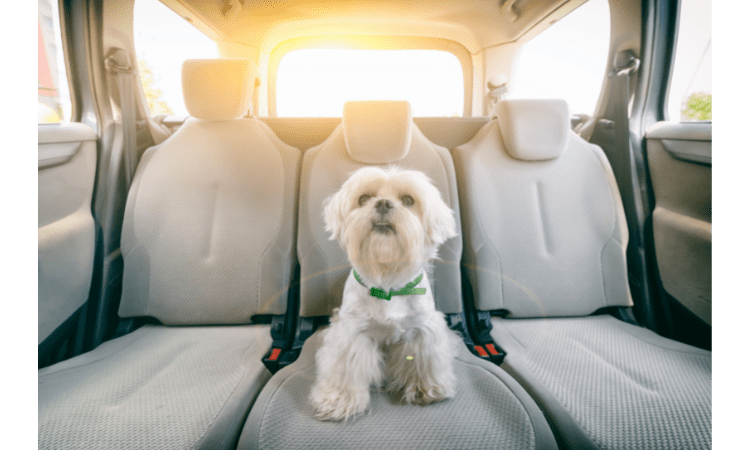
It’s not just a rule of thumb to keep your pet in the back seat: it’s the law. Infact, it’s the only way to drive safely with your pet.
In most states, if you’re pulled over and found to be driving with your pet in an unauthorized area of your car, you could face a steep fine and even license suspension.
You need to keep in mind that, in addition to being unsafe for your pet, it can also be dangerous for other drivers on the road. Pets are unpredictable and may move around in the car or jump out at any time, which could cause an accident or make people swerve into traffic in order to avoid them.
If you must know to drive with your pet in the front seat, make sure that there is enough room for them to sit comfortably without touching the dashboard or steering wheel.
Keep the pet in a crate – The safest way to travel with a dog in the care
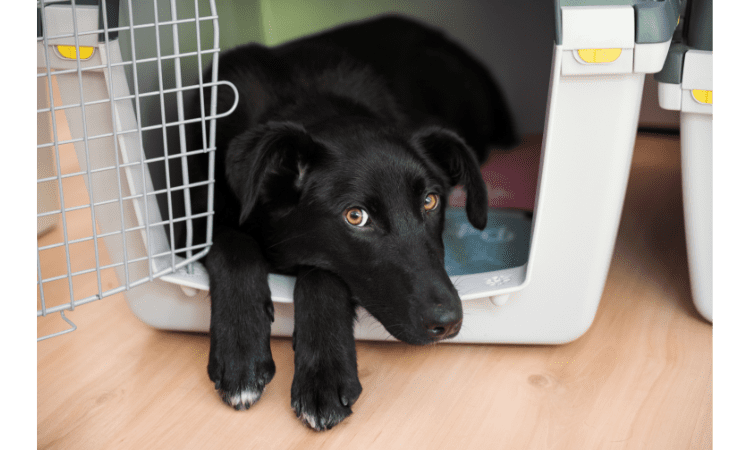
- Keep pets in a crate. If your pet is small enough to fit inside, you should keep it in its crate while you’re moving. It’s important that the crate is big enough for them to stretch out, but not so big that they can easily turn around or move around too much. The added safety of having them confined will also provide peace of mind for both of you during the ride.
- Make sure they are comfortable. It’s important that their bedding be clean and dry so they have something soft to lie on while they’re traveling with you—and make sure there isn’t anything sharp or abrasive inside that could hurt them! Also, make sure the temperature where the animal is kept is comfortable; if it’s too hot or cold (or both), this can cause stress and discomfort which may lead to negative behavior later on down the road when trying again later today after dinner time comes around again!
- Provide food & water every few hours throughout each day as needed – keep in mind these guidelines: – Puppies under 6 months old need between 1-2 cups daily depending on how large their breed size will be when fully grown up into adulthood (elderly dogs need about half as much). – Kittens 2 months old require about 0.5 ounces per pound daily (so if yours weighs 15 lbs., then feed him/her 7 oz.).
Take breaks on long road trips

If you are traveling with your pet, make sure they have access to water and food. It’s important that they can rest as well. You may also want to take a break every few hours so that your pet can stretch its legs and relieve itself. A pet needs shade just like humans do!
Make sure there is plenty of space for them in the car so that they don’t feel cramped or stressed out. If possible, bring along some toys or other things for them to play with while moving on long stretches of road where there aren’t many distractions for them outside of what’s inside the vehicle itself (and even then).
Also Read: 8 important things to check always before renting a car
Keep all their body parts inside the vehicle
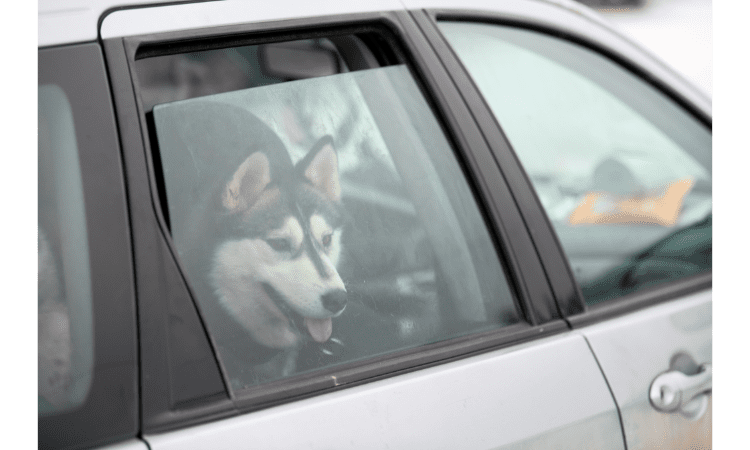
Keeping your pet inside the vehicle is a good idea to drive safely. Pets should be kept in carriers, crates, or on harnesses at all times while traveling. A crate will keep your dog safe and out of the way if it does not want to sit still in its seatbelt.
Keep all paws inside by using a carrier that has a secure top attached to straps (handles). If this is not possible because of where you are going, then consider placing their feet through a hole cut into an old bed sheet so they can’t wiggle through and escape from their carrier if necessary during an emergency stop or accident.
You should also consider keeping all body parts inside by using harnesses rather than collars when moving with a pet in tow since collars can break loose under impact conditions!
Never leave your pet alone in a vehicle
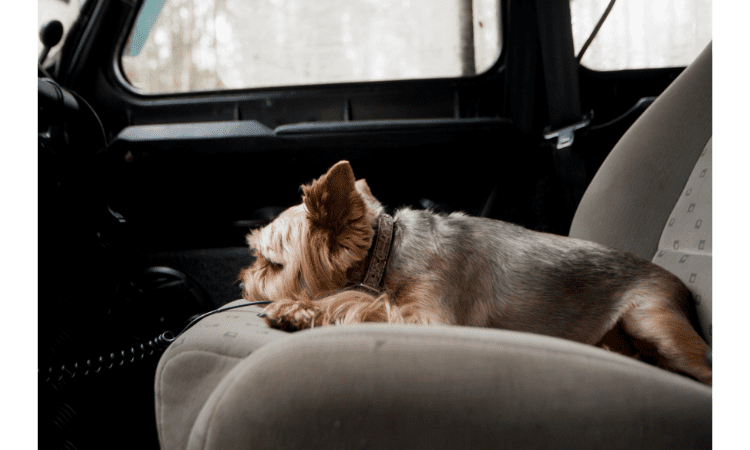
Never leave your pet alone in a vehicle, even for a moment. Pets can suffer heatstroke and other health problems in just minutes on a hot day. If you are going to leave your pet in your car, be sure that the windows are open wide enough to allow air to circulate and temperatures to stay low. Make sure your dog is leashed or otherwise restrained so it cannot run away while unattended.
Share the responsibility

In addition, it’s important that you share the responsibility of taking care of your pet. Don’t leave them alone in the car. Don’t leave them unattended at home or when you’re away from home on errands, even if only for a few minutes. The same goes for leaving your animal at the vet’s office while you go inside to pay the bill—don’t assume that someone else has made sure everything is okay!
Keep supplies with you- good idea to drive safely with dog-like pets

As you’re loading up the car, make sure to keep a few supplies with you:
- Water and food. A water bottle is a must-have for any road trip, as is some food that won’t spill out of its container.
- Towel and blanket. Your pet might need to take a break from sitting in their carrier—a towel can help them stay clean when they’re not in their bed. A blanket will also keep your pet warm if the temperature drops, or protect them from getting too hot if it gets too warm outside (especially if they enjoy sunbathing).
- First aid kit. For any minor first aid needs that may arise on the road trip, such as cuts or scrapes from playing with toys in the car or getting hit by an insect flying into the vehicle windows, having a pet first aid kit handy will be invaluable!
- Treats & toys: Don’t forget treats for your furry companion! They’ll make the ride much more enjoyable for everyone involved! The same goes for toys—they’re great fun while moving long distances but also serve another important purpose by keeping dogs busy while traveling so they don’t get bored and start chewing things like seat belts or other pieces of furniture within reach (which could lead to serious injuries!). It’s also important not to forget items like leashes/collars/harnesses since these are necessary items when taking pets out into public spaces where fellow pedestrians may want nothing more than peace of mind knowing there isn’t going be anything dangerous happening nearby.
Conclusion
Driving with pets can be dangerous, but it is not impossible. Keep your own safety in mind and make sure to follow the rules of the road so that you are not distracted.
If you need help finding a veterinarian for your pet or would like to learn more about car safety for dogs and cats, contact us today! We have plenty of information on our website about caring for your pet as well as a list of veterinarians near you who are willing to answer any questions you may have. Happy driving!











